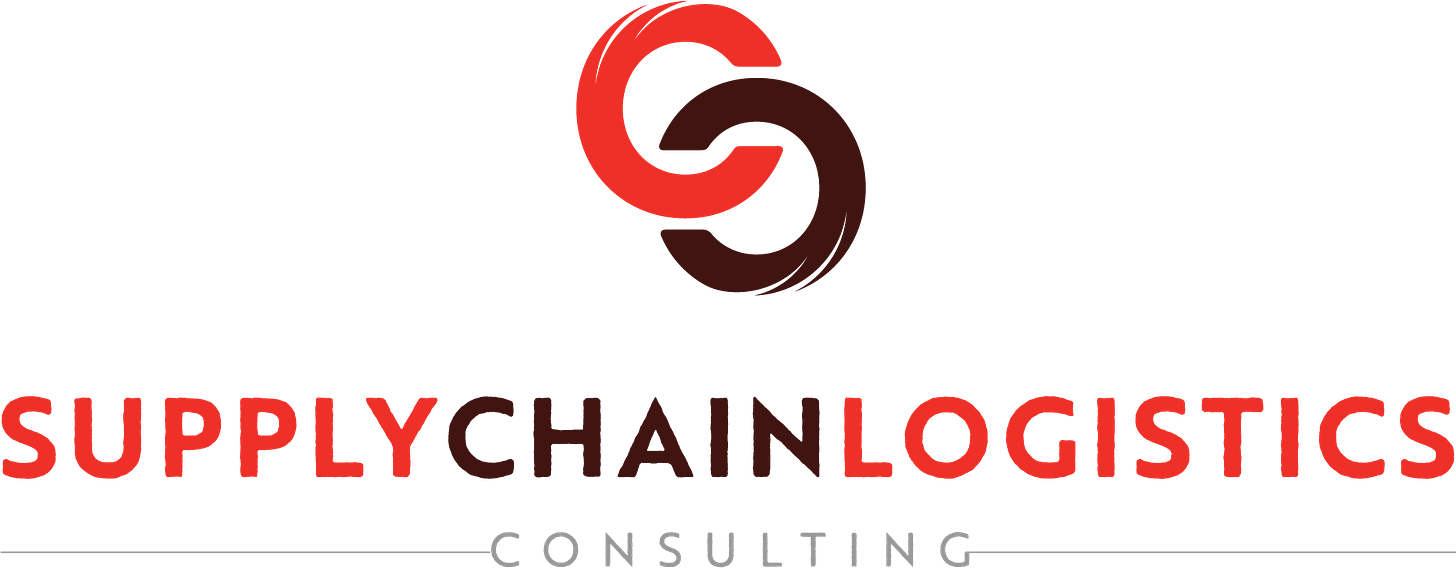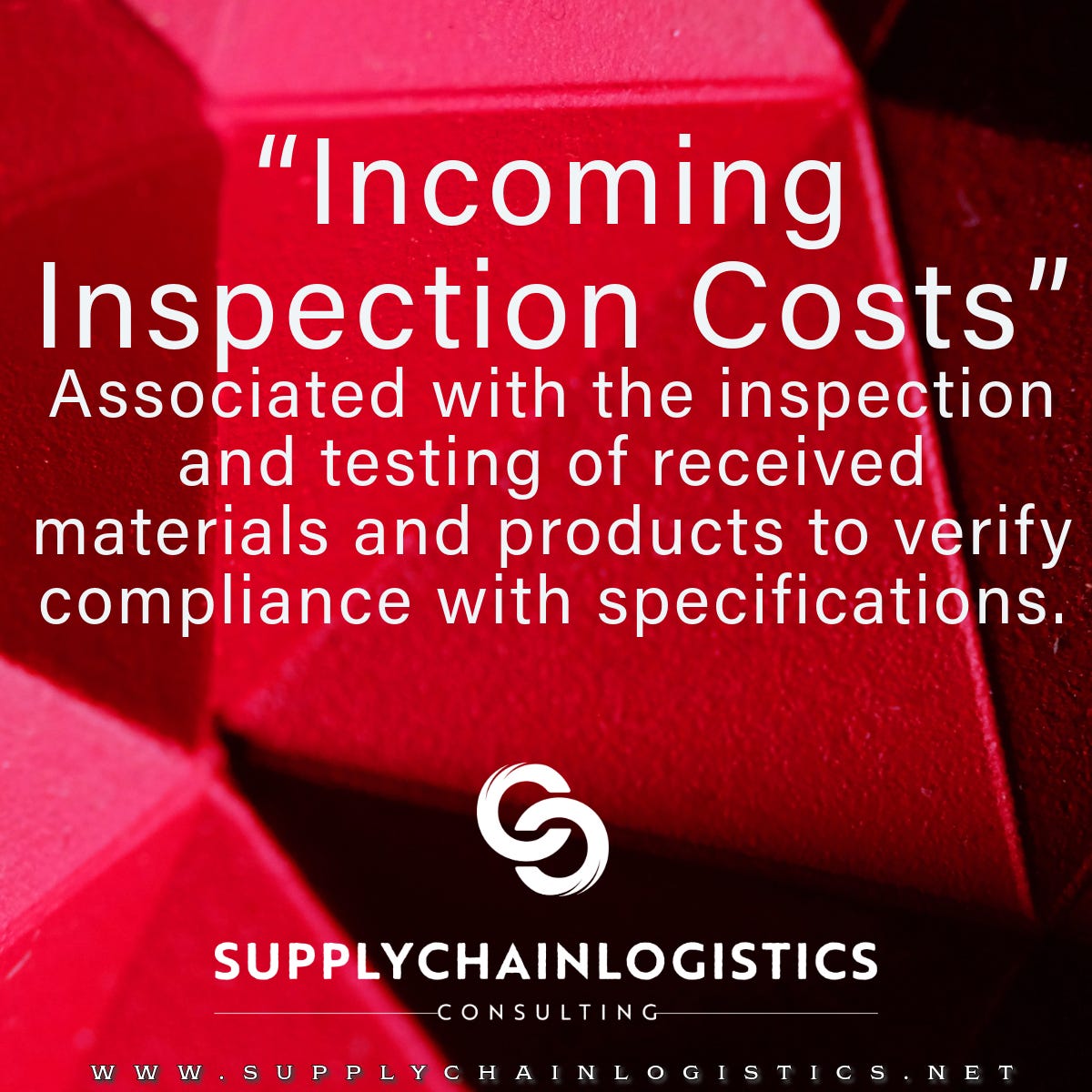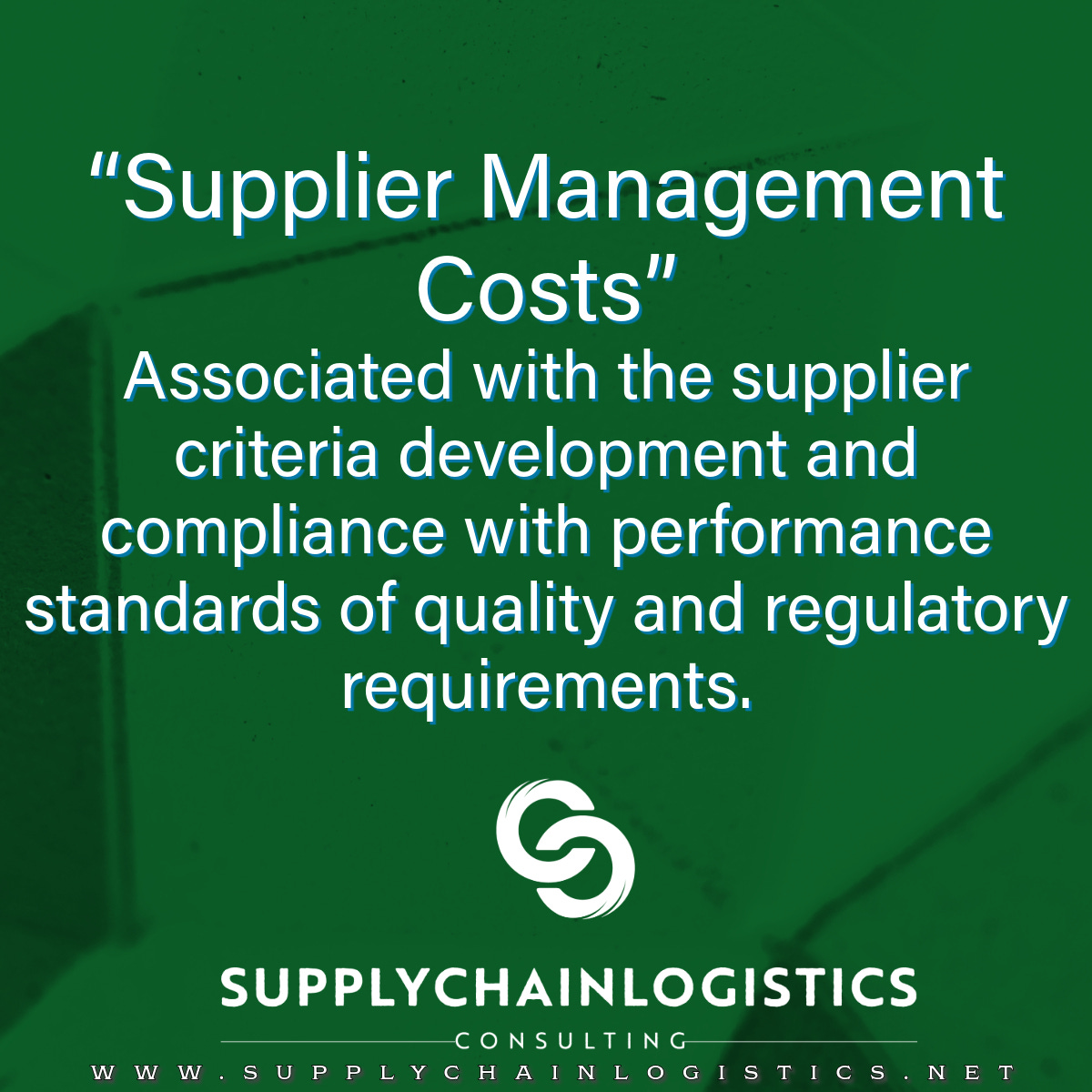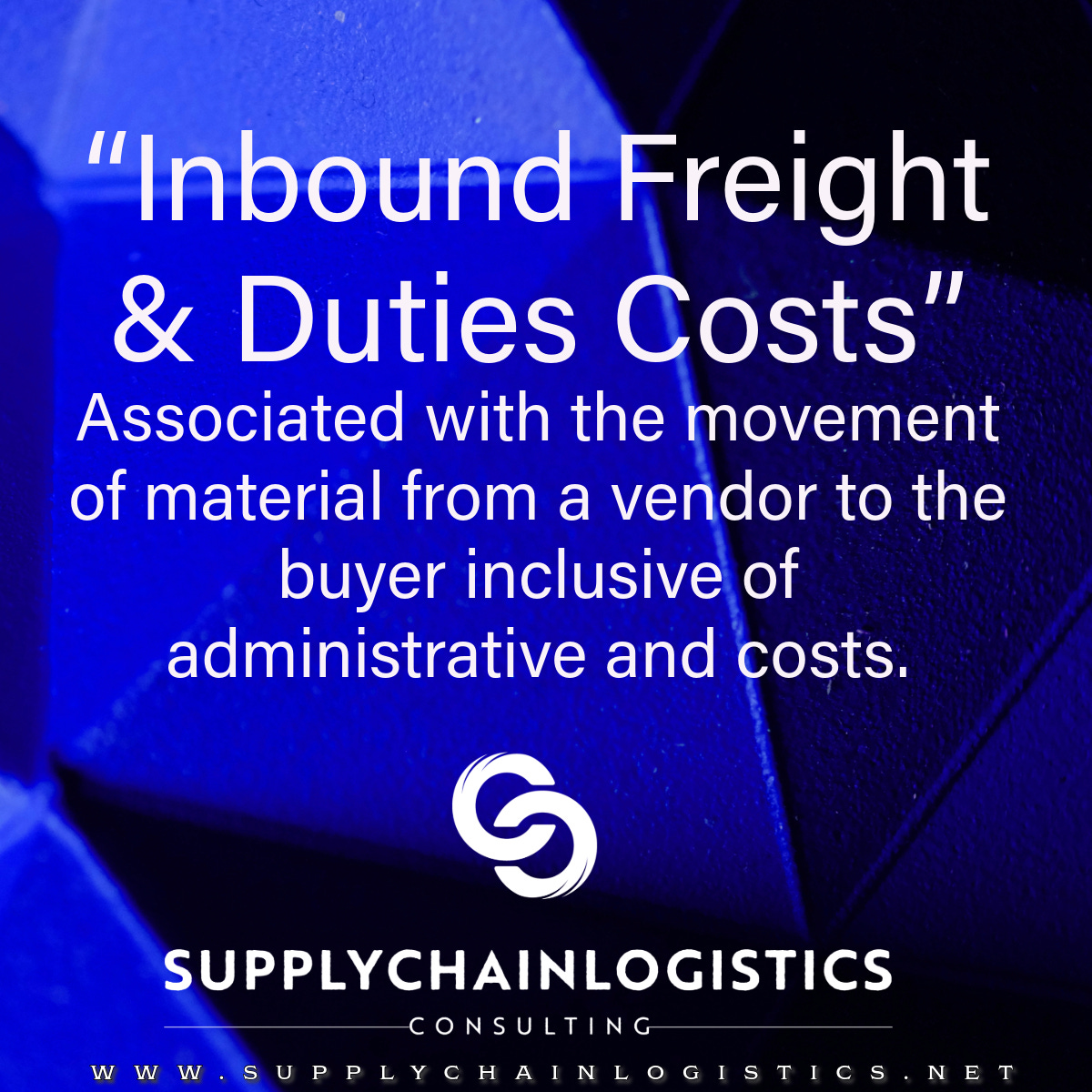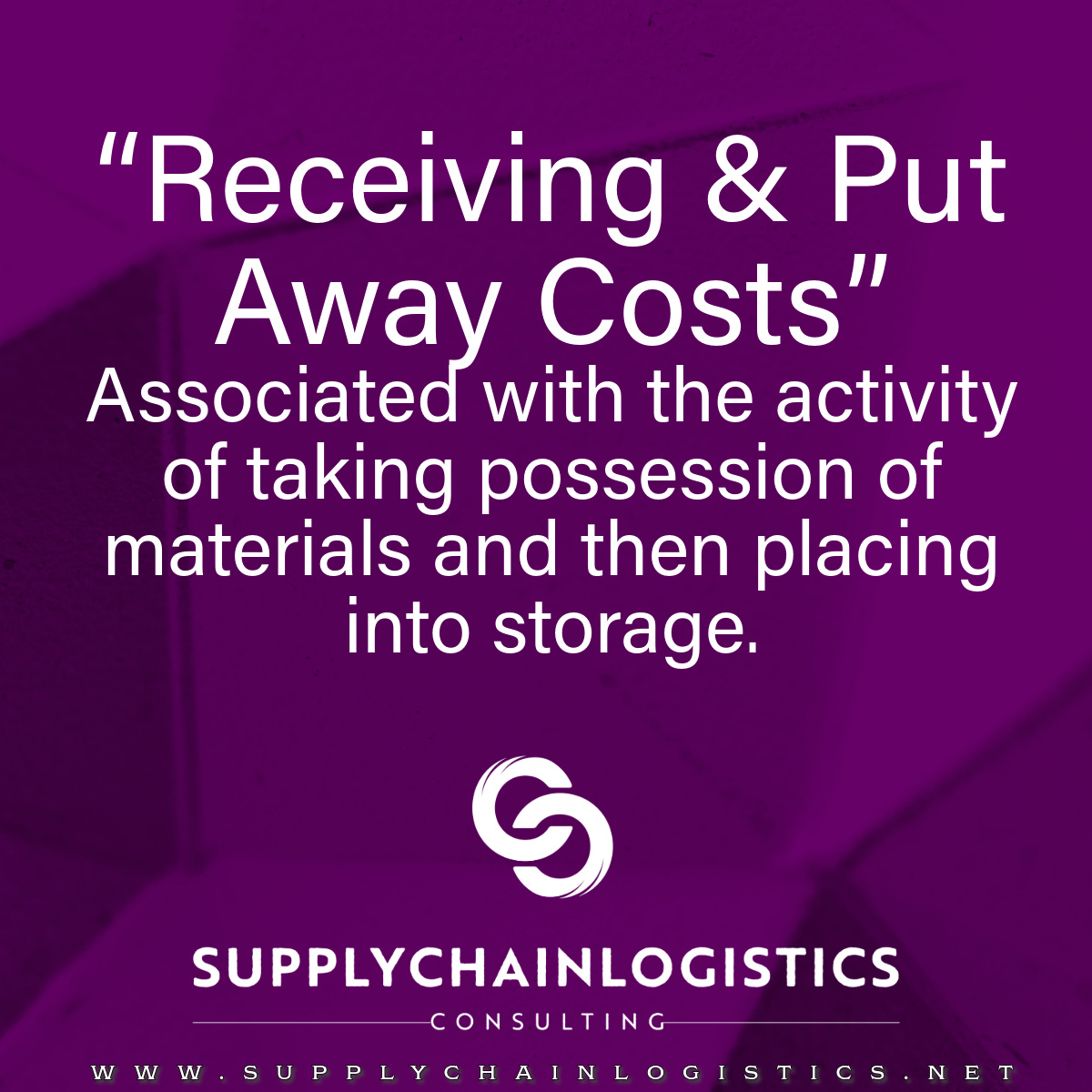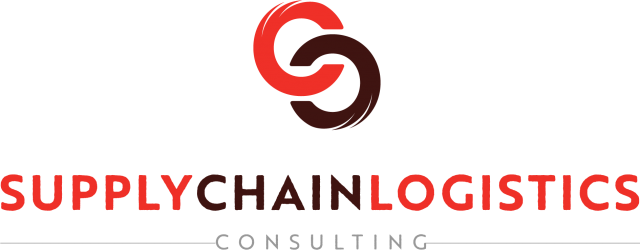Back to Basics: Supply Chain Management Costs
Review supply chain management activity costs and how to strategically improve corporate profitability.
Understanding Supply Chain Management Costs.
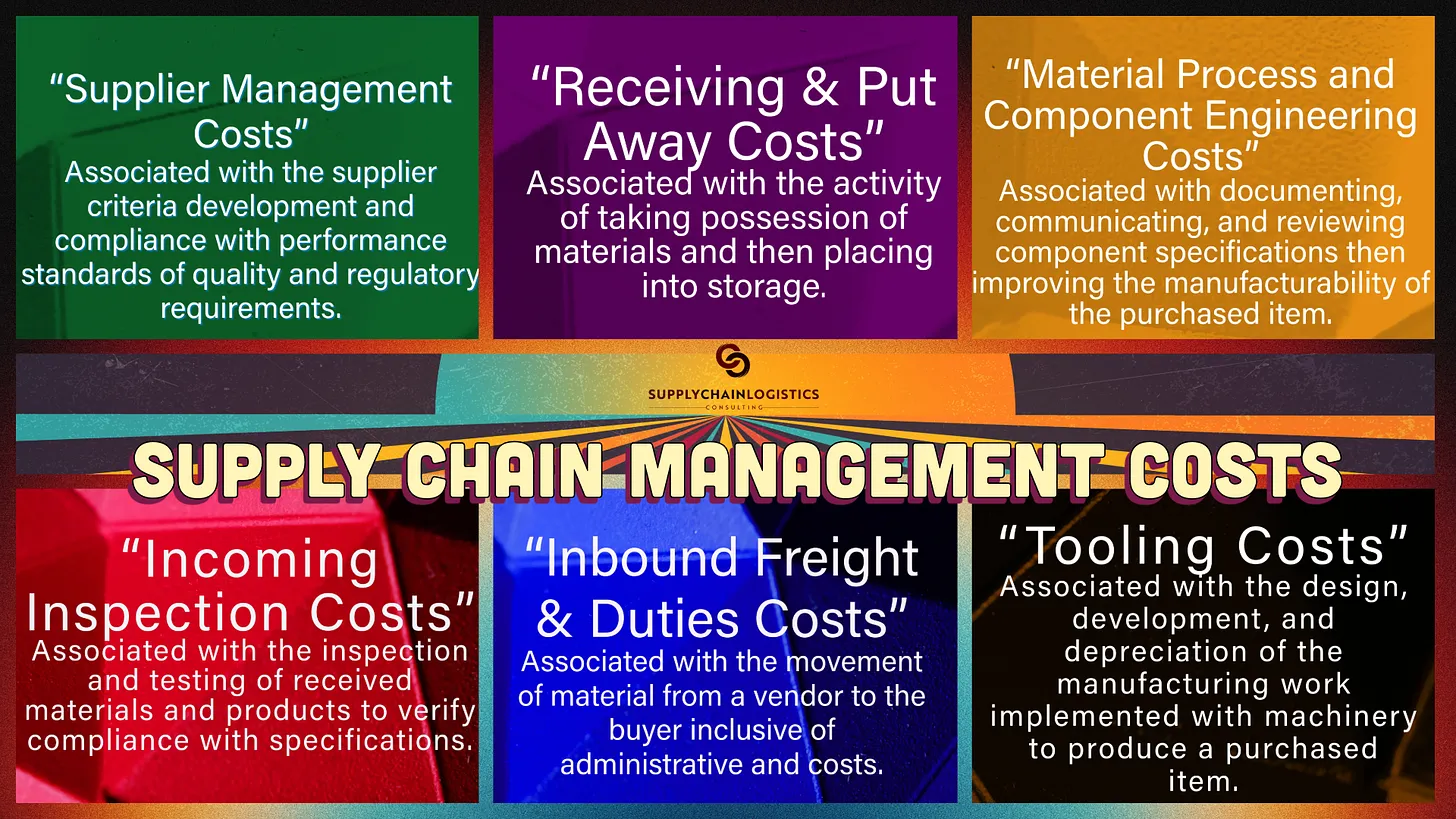
What is the function of management when controlling supply chain costs and where can cost reduction add benefit to profitability?
Businesses can excel in cost leadership while their leaders implement strategies that impact the activity costs, reducing wasted resources and decresing ineficiencies by optimizing operational processes related to supply chain management.
Cost leadership is a result of excellence in all aspects of supply chain management and is achieved through attention to measurable (quantifiable) improvement of the activities performed to produce goods and services. Costs can be categorized by similar functions where they are incurred during a businesses regular operations. More effective management of costs begin with identification. Observation, measurement, planning, and strategic implementation of changes related to these activities can positively impact corporate profitability and increase the likelyhood of long term success for your business.
Which costs are core to the businesses main production activities?
Supply chain mapping may help in this regard. The most important aspects can be evaluated with an analysis of inputs and cost drivers. Lean methodologies can help to understand which activities may yield the greatest return when efforts are made towards an improvement in a structured cost-reduction project.
Wastes from inefficient operations can be traced back from each activity and cost of optimal performance can guide the development of performance metrics. These metrics can be further validated with a benchmark analysis across the similar categories of business activities and industry best practices.
Cost leadership should be approached as a continuous improvement objective rather than a radical single event. Consistency and service reliability measures should be monitored throughout any change effort and disruption to the customer understood as a risk which may result as a consequence. Changes from which the benefit and implementation are not fully realized ought to be controlled and managed without overlooking the importance of the current performance standards or compliance requirements.
The Hidden Six: The Supply Chain Costs Holding Back Your Cost Leadership Strategy.
Cost Leadership: Going Beyond the Sticker Price
Achieving cost leadership is much more than negotiating lower unit prices on goods and materials. For mid-size and small enterprises (SMEs), sustainable profitability is found in the operational details of supply chain management processes, as a company scales-up, the impact of these supply chain activities has an even greater effect on total costs avoided. While purchase price is critical target, true cost competitiveness is forged by optimizing the six specific supply chain managment activities that occur outside of an order. These areas often represent significant “profit leaks” that, when addressed, can transform an organization’s financial performance and drive operational excellence.
Incoming Inspection Costs
Associated with the inspection and testing of received materials and products to verify compliance with specifications.
These costs are associated with the inspection and testing of received materials and products to verify compliance with specifications. While necessary, excessive incoming inspection is often a symptom of low supplier confidence. An operational excellence goal is to shift the quality burden back to the source. Strengthening supplier management practices and implementing effective “source inspection” protocols with suppliers. Inclusion of a contractual requirement to ensure products and materials meet quality standards and specifications before shipment reduce the need for extensive, time-consuming inspections at the companys facility, freeing up valuable resources and accelerating throughput.
Supplier Management Costs
Associated with the supplier criteria development and compliance with performance standards of quality and regulatory requirements.
Managing suppliers goes beyond the transactional; it’s the cost associated with developing supplier criteria and ensuring compliance with performance standards for both quality and regulatory requirements. A reactive approach—only dealing with issues after they occur—is expensive. Fostering strategic supply chain resilience within the supplier base requires proactive investment in audits, scorecards, and collaborative improvement programs which support deeper integration and greater upstream transparency. This ensures partners meet key performance indicators (KPIs) and regulatory mandates, mitigating risk, and reducing the costs associated with non-conformance, also expanding potential for new opportunities that can lead to innovative solutions.
Inbound Freight and Duties Costs
Associated with the movement of material from a vendor to the buyer inclusive of administrative and costs, taxes, and customs fees.
The movement of material from a vendor to the buyer is not just a shipping charge; it includes a complex layer of administrative and costs, taxes, and customs fees. These costs significantly impact the landed cost of goods. Business leaders work in logistics and operations management involve detailed evaluation of carrier contracts, consolidation opportunities, and compliance protocols to ensure that every shipment is cost-optimized. This includes navigating complex international duties and tariffs to ensure tax and customs fees are minimized without compromising regulatory integrity.
Tooling Costs
Associated with the design, development, and depreciation of the manufacturing work implemented with machinery to produce a purchased item.
Tooling costs are a capital expenditure associated with the design, development, and depreciation of the manufacturing work implemented with machinery to produce a purchased item. Poor tooling design or management leads to frequent maintenance downtime, inconsistent product quality, and high depreciation rates. Strategic supply chain management involves working with suppliers to optimize tooling lifecycle, ensuring cost-effective maintenance schedules, and exploring standardization to reduce the overall investment and operational risk.
Material Process and Component Engineering Costs
Associated with documenting, communicating, and reviewing component specifications then improving the manufacturability of the purchased item.
These costs are associated with the necessary work of documenting, communicating, and reviewing component specifications, and then improving the manufacturability of the purchased item. When specifications are ambiguous or not properly communicated, it results in scrap, rework, and communication delays. Experts focus on value engineering and early supplier involvement to streamline designs, making components easier and cheaper to process, ultimately improving functionality and reducing long-term quality costs.
Receiving and Put Away Costs
Associated with the activity of taking possession of materials and then placing into storage.
The Supply Chain Advantage:
Transforming Your Costs into a Competitive Edge
For most SMEs, identifying how these six supply chain costs are impacting your business is the first step; whereas transforming them into a competitive advantage can be more easily managed with dedicated help and expertise. We are With You.
S&Co., Supply Chain Logistics Consulting Inc. specializes in assessment, recommendation, and implementation of strategic solutions needed to redefine operational processes. We deliver results oriented, data-driven strategies required to secure your companys place as a cost leader, ensuring that your investment in supply chain management operational excellence will translate into improved profitability.
Ready to address the Hidden Six and turn operational waste into profits? Explore our Project Services, Monthly Plans, or request a Business Review. Schedule your first consultation to discuss your current priorities and cost savings goals.
Did you find something useful on this page? LIKE, SHARE, & ENGAGE to show us that you did.
We’re grateful for people who choose to show their appreciation and people that consume our content. Thank-you.


